Data is the compass that guides every marketing decision, ensuring that strategies are not just well-intentioned but also effective. By diving deep into various types of data for marketing, businesses can unlock insights that lead to more informed decisions, ultimately enhancing marketing efforts across multiple channels. From website analytics to social media metrics and sales data, each data point offers a piece of the puzzle that, when assembled, reveals a clear picture of both successes and areas for improvement. By understanding and acting upon these insights, businesses can refine their marketing strategies, optimize their investments, and better meet the needs of their customers, paving the way for increased engagement and higher returns on investment.
Today, we’d like to share with you the different data types that we pay attention to when we are reviewing a business and planning for data-driven marketing.
Website Analytics Data
Understanding how users interact with your site is fundamental. Website analytics provide crucial information about user behavior, including pages visited, time spent on site, and bounce rates. By analyzing these metrics, marketers can identify content that resonates with visitors and areas where the site may be underperforming. This data is invaluable for optimizing site architecture, enhancing user experience, and increasing engagement.
We typically look at GA4 for results. A few metrics we pay the most attention to are:
- Event Count & Conversions (as long as they are set the right way)
- Engagement Rate
- Top Pages
- Traffic Acquisition (by channel)
- Bounce Rate
We may also make a Path Exploration report to understand a customer journey better.
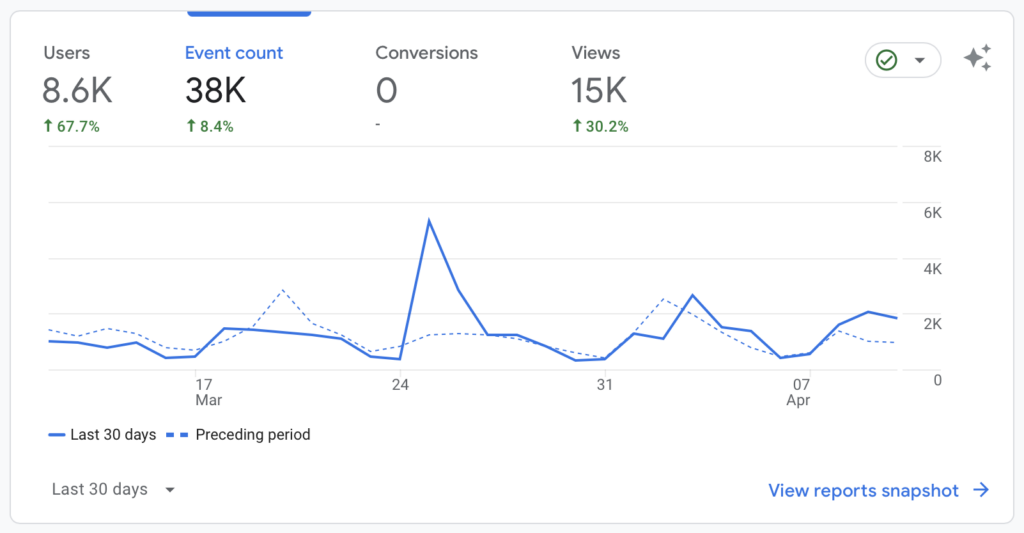
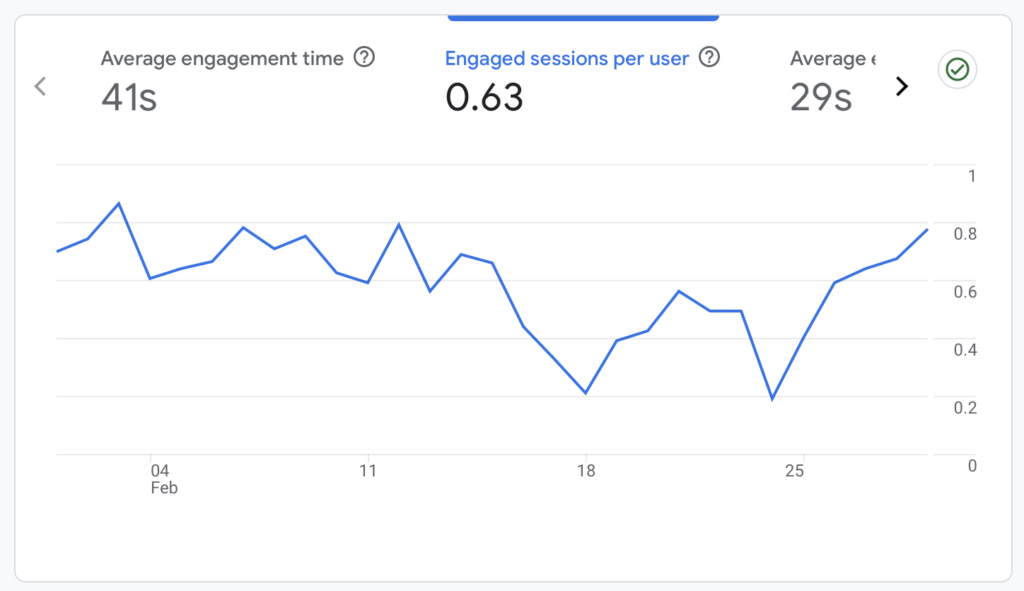
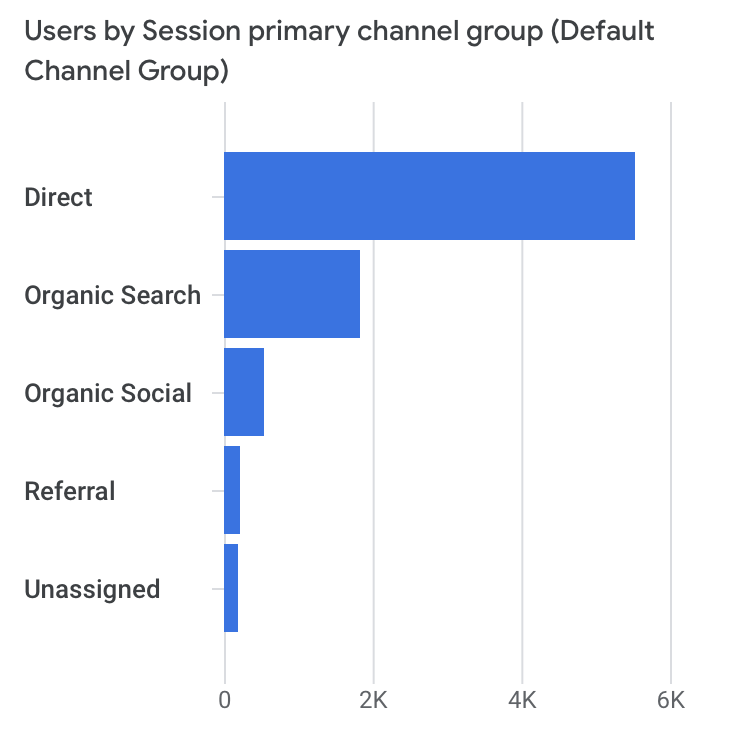
Website Search Traffic Data
Search traffic data reveals how visitors find your website, which keywords they use, and how well your SEO efforts are performing. By monitoring trends in search queries, you can adapt your content strategy to align with what potential customers are looking for, potentially capturing more organic traffic and improving search engine rankings.
We typically look at Google Search Console for results and filter our results to get the clearest view. For example, we often filter out branded terms unless that is a client’s goal. We’ll also filter out irrelevant terms or pages nonessential to the goals. This leaves us with the type of traffic we really want to see improve.
Once done, we pay attention to the main 4 metrics and analyze the trends compared to previous periods.
- Total Clicks
- Total Impressions
- Average Click-through Rate
- Average Position
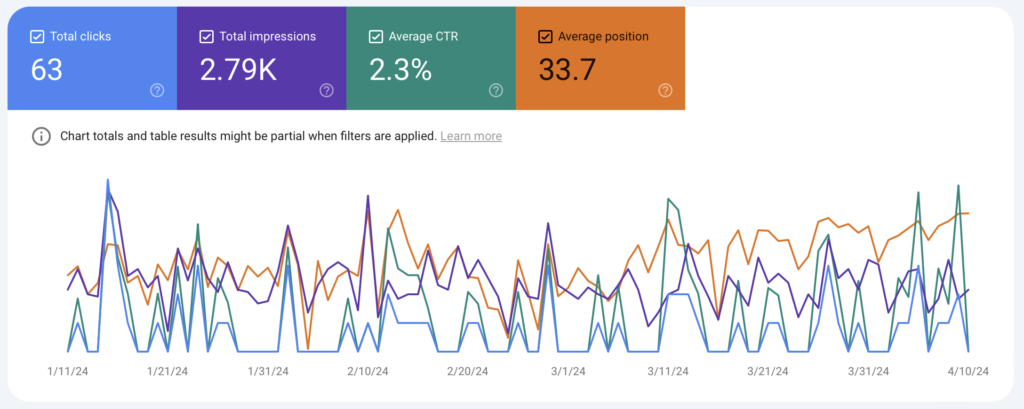
Email Marketing Data
Email marketing remains one of the most effective tools for direct communication with customers. Data from email campaigns provide insights into what content catches the audience’s interest and drives action. Marketers can use this data to refine their messaging, segment their audience more effectively, and increase the relevance of their emails.
We use a variety of platforms to monitor email performance. But the data is typically the same.
- Open rates
- Click-through rates
- Conversions
- Unsubscribed
- Complained/Marked Spam
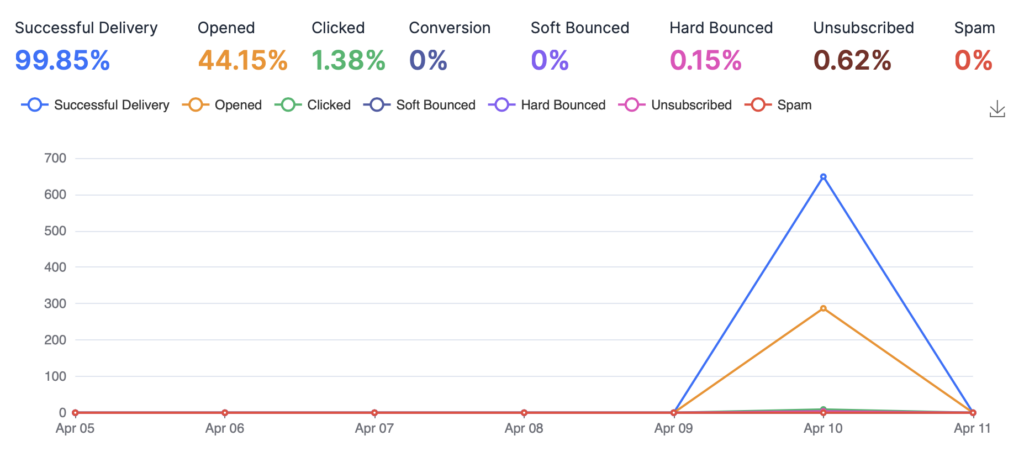
Social Media Metrics
Social media platforms offer a wealth of data that can help marketers understand brand perception and engagement levels. Metrics such as likes, shares, comments, and demographic information of the followers allow marketers to gauge the effectiveness of their content, tailor their social media strategies to better meet the needs of their audience, and identify the best platforms for their brand.
Customer Feedback or NPS
Customer feedback and Net Promoter Scores (NPS) offer direct insights into customer satisfaction and loyalty. This data can highlight areas of excellence and pinpoint aspects that may require improvement. Actively using this feedback to make strategic adjustments can lead to better product offerings, improved customer service, and ultimately, a stronger brand reputation.

Paid Media Data
Analyzing data from paid advertising campaigns helps marketers understand which ads are performing well and which aren’t. Metrics like cost-per-click (CPC), click-through rate (CTR), and conversion rates from these campaigns can inform adjustments in real-time, allowing for the optimization of ad spend and the targeting precision of future campaigns.
Sales Data/ROI Data
Ultimately, the goal of any marketing campaign is to drive sales. Sales data and ROI metrics are crucial for evaluating the success of marketing efforts and determining the financial viability of different strategies. By closely monitoring these figures, businesses can identify the most profitable activities, allocate budgets more efficiently, and justify marketing investments with tangible returns.
By strategically analyzing these different types of data, marketers can make informed decisions that lead to more successful outcomes. Integrating data analysis into your marketing strategy not only improves efficiency but also enhances the ability to connect with customers in meaningful ways, fostering growth and competitive advantage in the bustling marketplace.










